
Breaking down the effects of UV rays on skin
Did you know it only takes 15 minutes of sun exposure to damage your skin? No, we do not mean to frighten you but educate you on preventing UV rays damage.
Although vitamin D from the sun’s rays is an essential nutrient that needs to be synthesised by your body, prolonged exposure to UV rays can do more harm than good. Before you step outside to soak in the golden sunlight, here is what you need to learn about sun safety and how to protect your delicate skin.
Curious to keep your skin in its glowy glory? Join us in this piece as we delve deeper.
What are UV rays?
UV rays are produced by the sun. Although they are not visible as their wavelengths are shorter than visible light, it does not mean that the rays do not affect your skin.
Talking about effects, they have positive outcomes as they produce vitamin D, as discussed earlier. To reap these benefits, humans have created artificial tanning beds that work by emitting UV rays.
However, the downside is that prolonged exposure to ultraviolet rays increases your chances of developing skin cancer. One of the most common negative effects of UV rays is erythema, widely known as reddening sunburn.
Apart from this, people also get sun tan, which is the UV stimulation of melanin production within a few days of exposure. Another less obvious effect observed is the thickening effect of the skin that forces the UV rays to penetrate the deeper layers of the skin.
Types of ultraviolet rays
There are three types of UV rays and their effects based on the size of their wavelengths:
- The first is the UVA rays that cause your skin to burn/tan or wrinkle. It has the longest wavelength, penetrating the Ozone layer and reaching up to 95% of the Earth's surface. Too much exposure to these rays will tan your skin right away and even cause skin cancer.
Unlike the other two rays discussed below, UVA can penetrate glass or clouds, harming your skin even on overcast days or if you are sitting by the window.
- The second type is the UVB. Although it mostly gets absorbed by the ozone layer, around 5% of it gets through. These rays are stronger or weaker depending on the time of the day or the season you are stepping out under the sun.
UVB damages the dermis, which is the outer layer of your skin. It causes skin problems like sun spots, sunburns, and blistering, which might develop into skin cancer later.
- The last one is the UVC rays, which are absorbed by the ozone layer as they are the shortest wavelength. Although it is the most harmful, it does not penetrate our skin as it is absorbed completely by the Earth's atmosphere.
Also read: UVA vs UVB rays: What's the difference and how to protect your skin
What are the effects of UV rays on the skin?
As we are already aware by now, as little as 15 minutes of sun exposure can alter the quality of your skin; let us understand the detailed effect of UV rays on skin:
- Skin ageing
- Skin cancer
- Freckles
- Wrinkles and fine lines
- Age spots
Over time, the UV rays damage the elastin in your skin, leading to premature sagging and limiting its ability to shrink back into place after stretching. Your skin will also become prone to bruises and tears easily, taking longer periods to regenerate. Although these symptoms may not be obvious when you are younger, they may appear later.
- Actinic keratosis and cancerous skin lesions
- Damaged elastic tissues, also known as elastosis
- Dilated small blood vessels
- Premature ageing
- Tumours.
- Skin discoloration
Apart from these, overexposure to UV rays targets the DNA in your cells, causing them to malfunction. As a result, your cells replicate frequently and clump together to form tumours, which might be cancerous.
How to protect yourself from UV rays
Now, coming to the burning question of how to protect yourself from UV rays, let us tell you some easy ways:
1. Using sunscreen
Your primary shield will be the sunscreen! These sun protectors in a tube have a term called SPF, which rates their effectiveness in blocking UV rays. The higher the numbers, the more it will protect your skin.
As a rule of thumb, you must also use a product with at least SPF 30, even if you are stepping out on a cool, cloudy day. Convinced to splurge on a product to keep your skin healthy? Then look no further than the dermatologically tested Mineral Matte Tinted Sunscreen with SPF 30. Made with Tria-DermTM action, the product has a lightweight formula, making it non-greasy and non-comedogenic. The bonus part is, if you are tired of the white residues on your skin after applying sunscreen, this product is perfect for you as it is tinted, effectively blending on your skin.
If you are looking for higher SPF for bright days, then the Dewy Hydrating Hybrid Sunscreen SPF 50+ is made with new-generation sunscreen filters that block out the UVA and UVB rays, offering maximum sun protection.
2. Finding some shade
Carrying an umbrella never goes out of fashion, especially if you want to protect your skin from the harsh rays.
3. Avoiding peak sun
Try rescheduling your activity from 10 AM to 4 PM during peak daylight hours.
4. Wearing appropriate outfit
Longer pants or skirts paired with a full-sleeved blouse will do wonders in keeping out the UV rays. Choosing the weaving of the fabric and the colours of your outfit can protect you from the danger of UV rays.
5. Accessorising
If wearing such clothing is impractical, you can always carry a scarf, a beach cover-up, a wide-brimmed hat, or large sunglasses to cover up your skin. However, remember that these accessories have lower protection than SPF 15; therefore, other precautions are also needed.
Also read: Zinc Oxide for Skin: An Essential Ingredient for UV Protection
Conclusion
Stick to the proverb "prevention is better than cure" and embrace sunscreen's benefits and other preventatives. Think of it like a superhero cape and drape it around before stepping out under the golden sun.



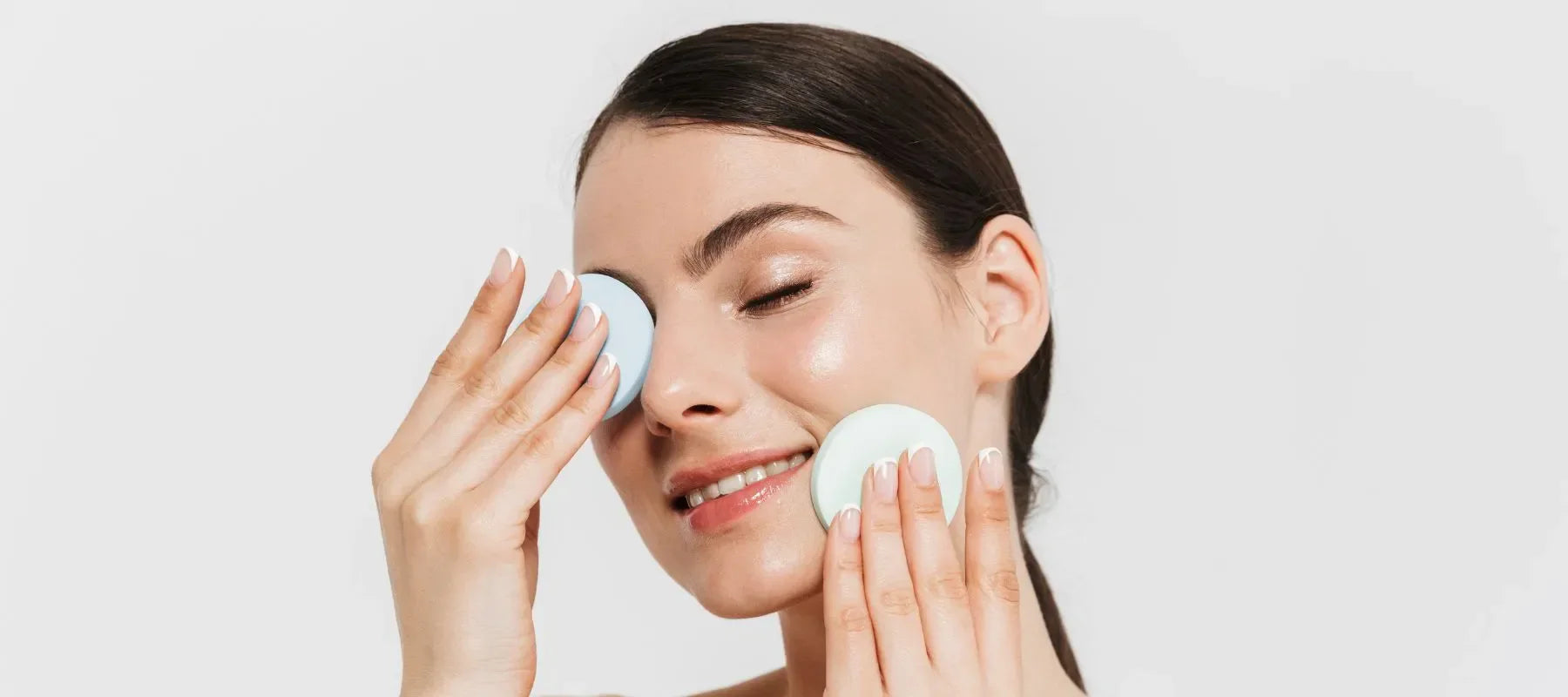

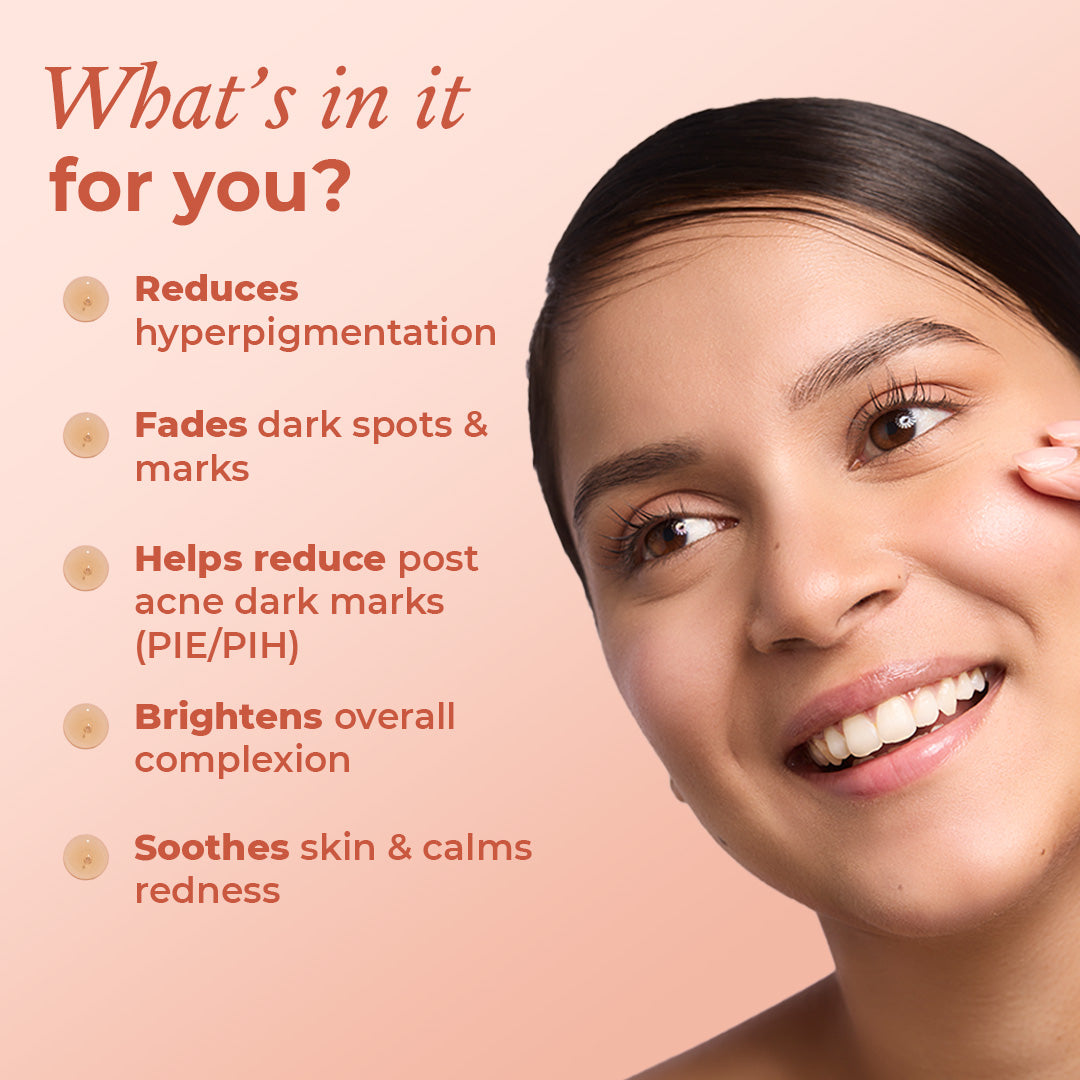

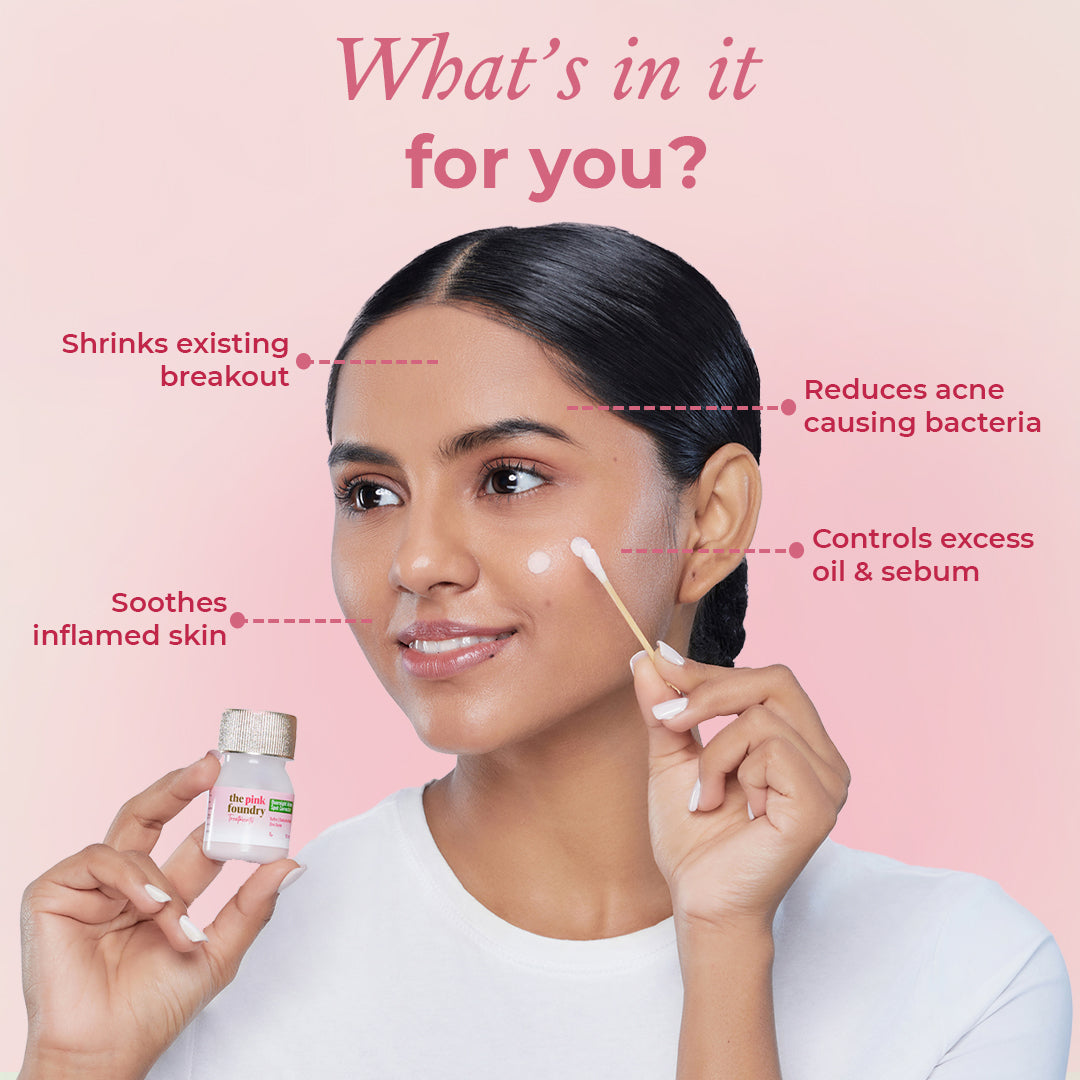
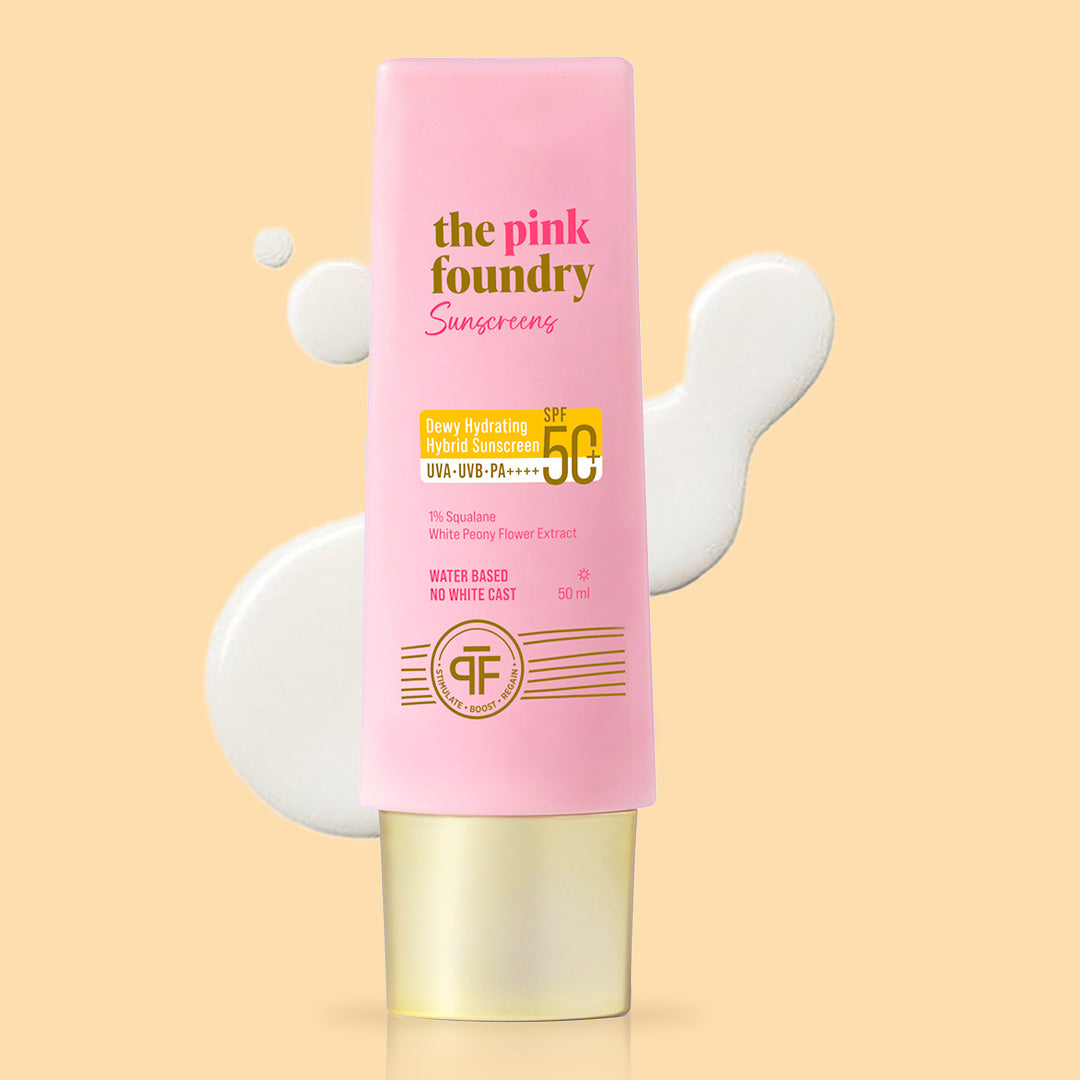
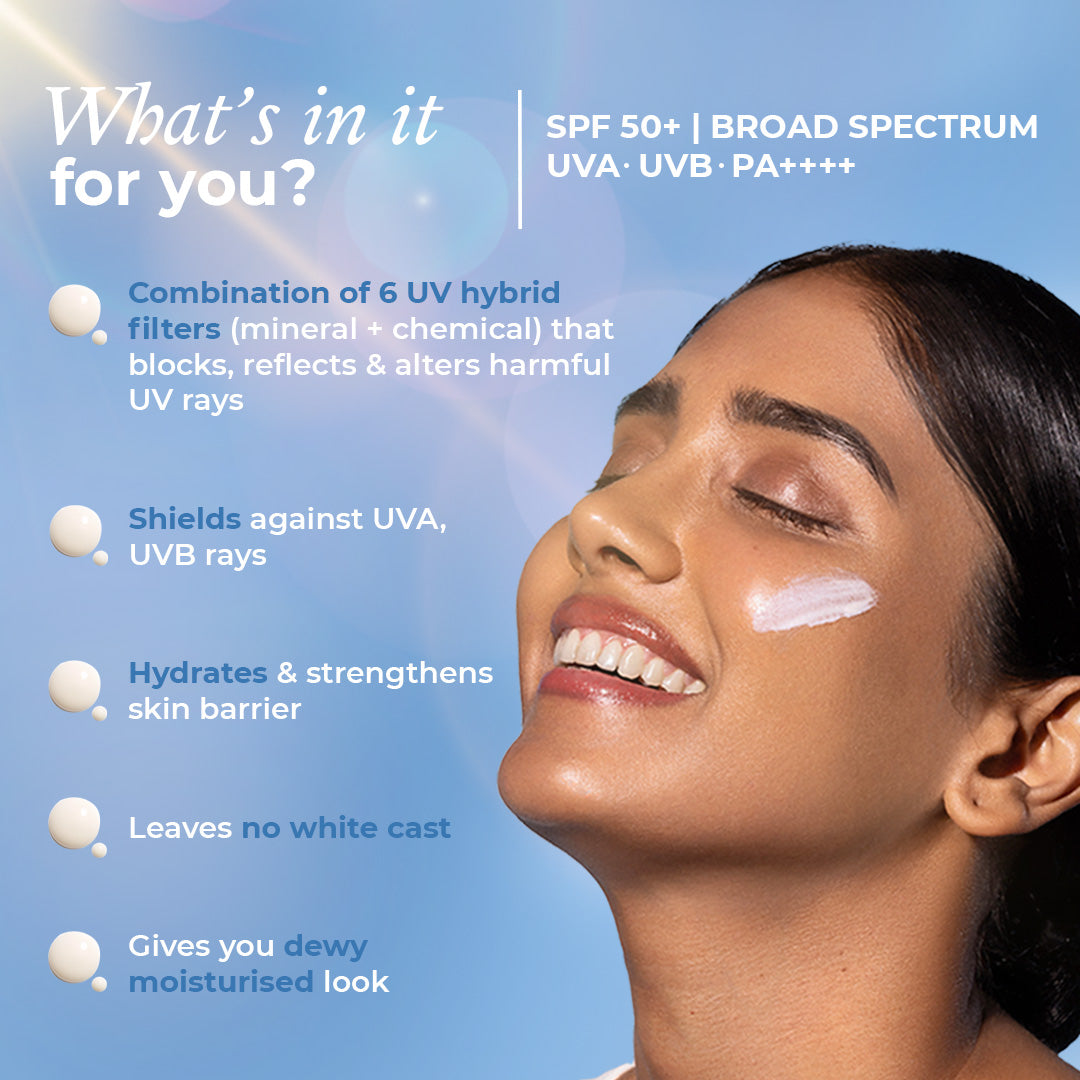
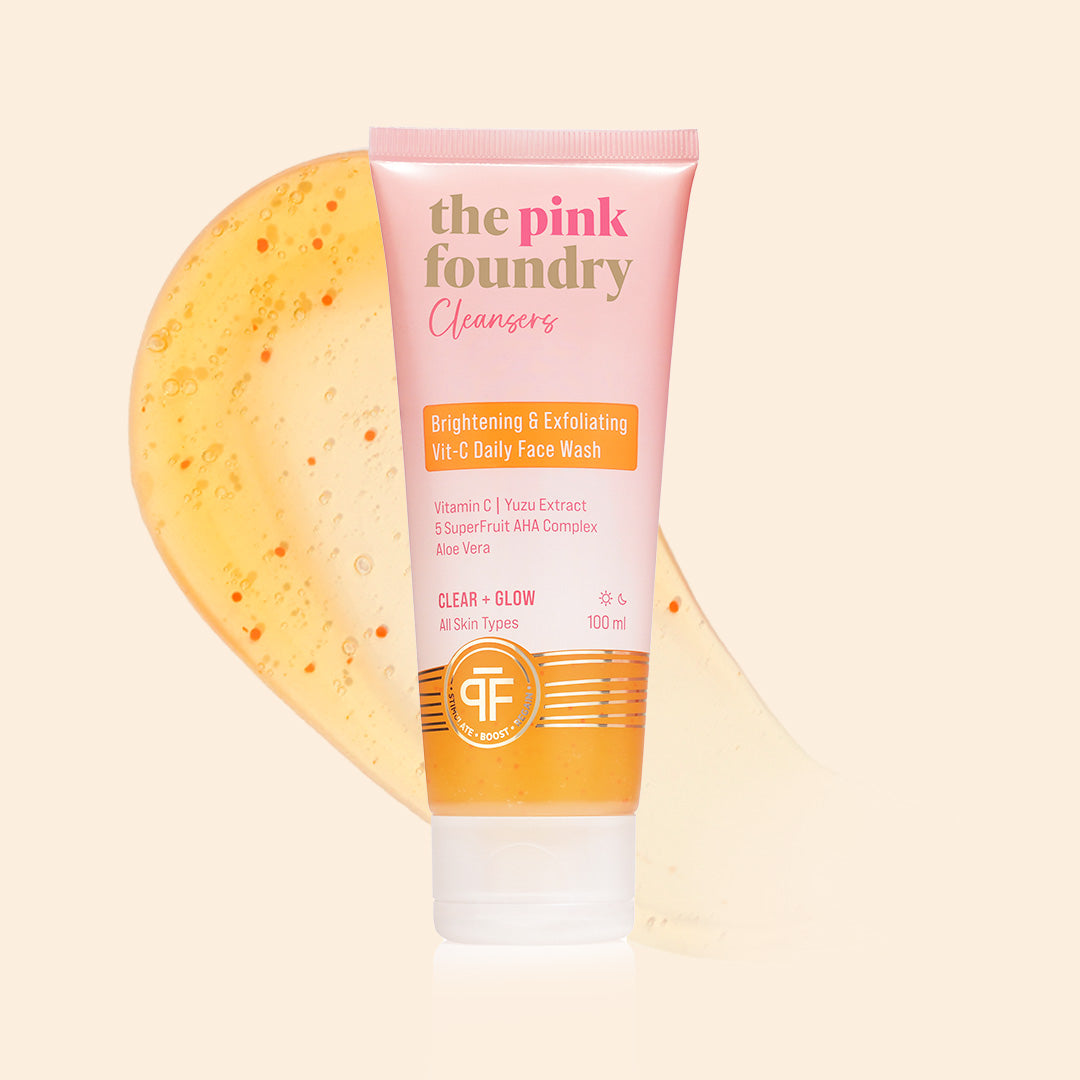
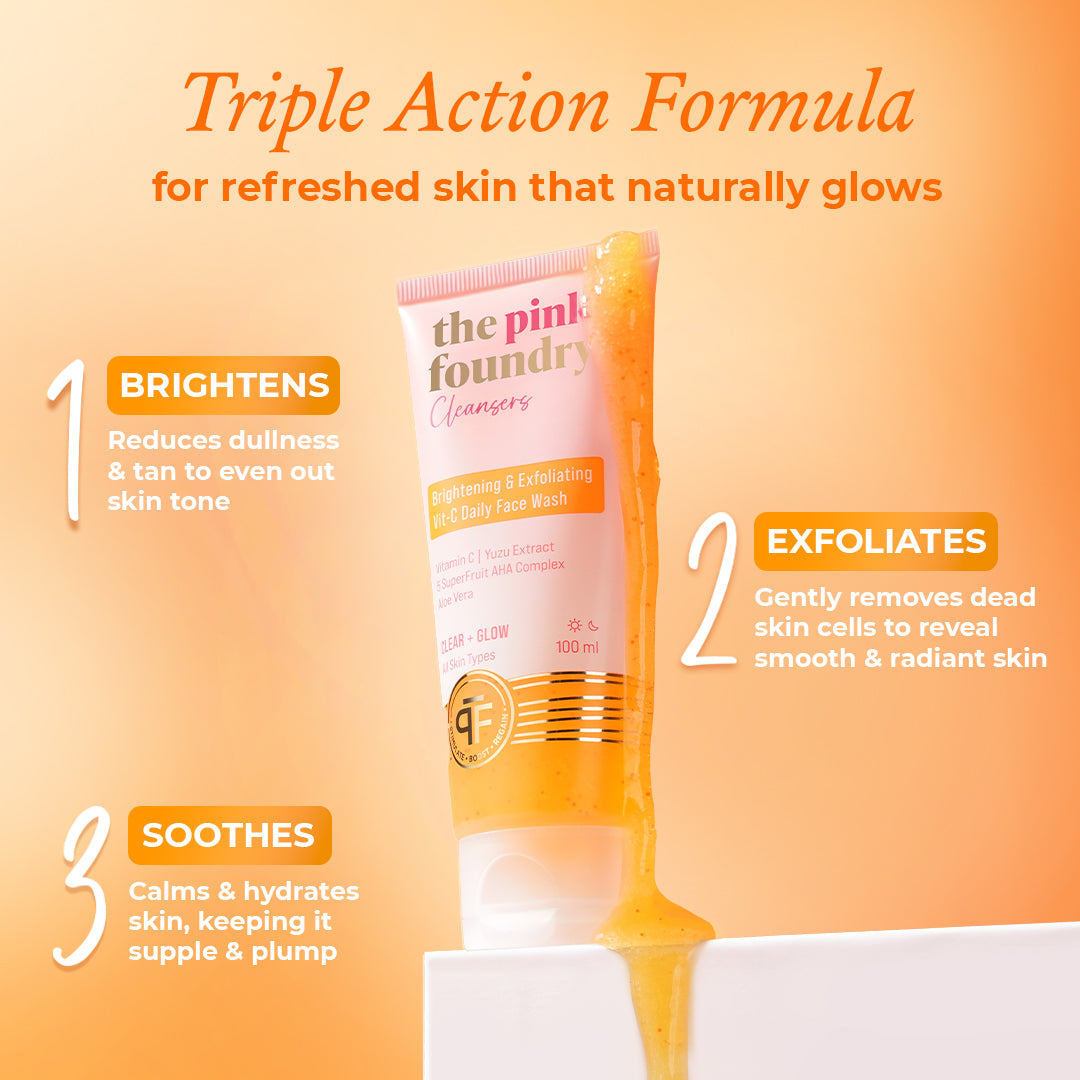
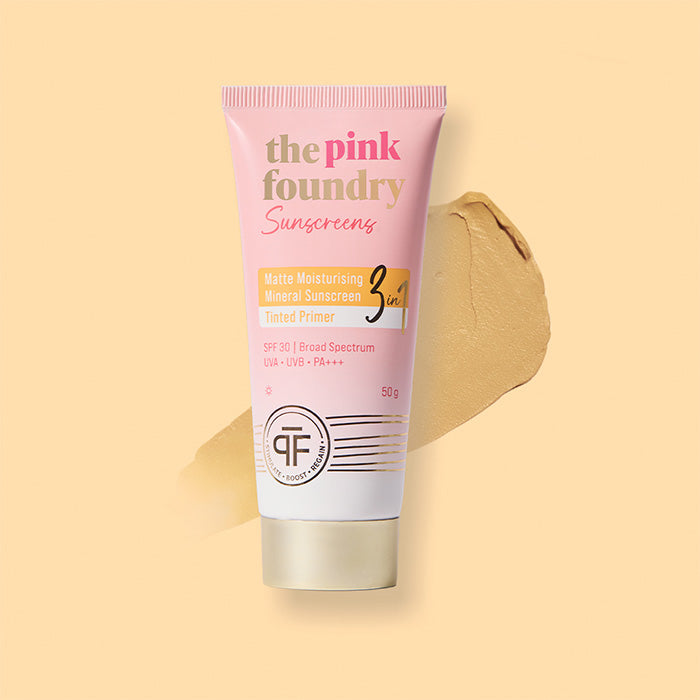
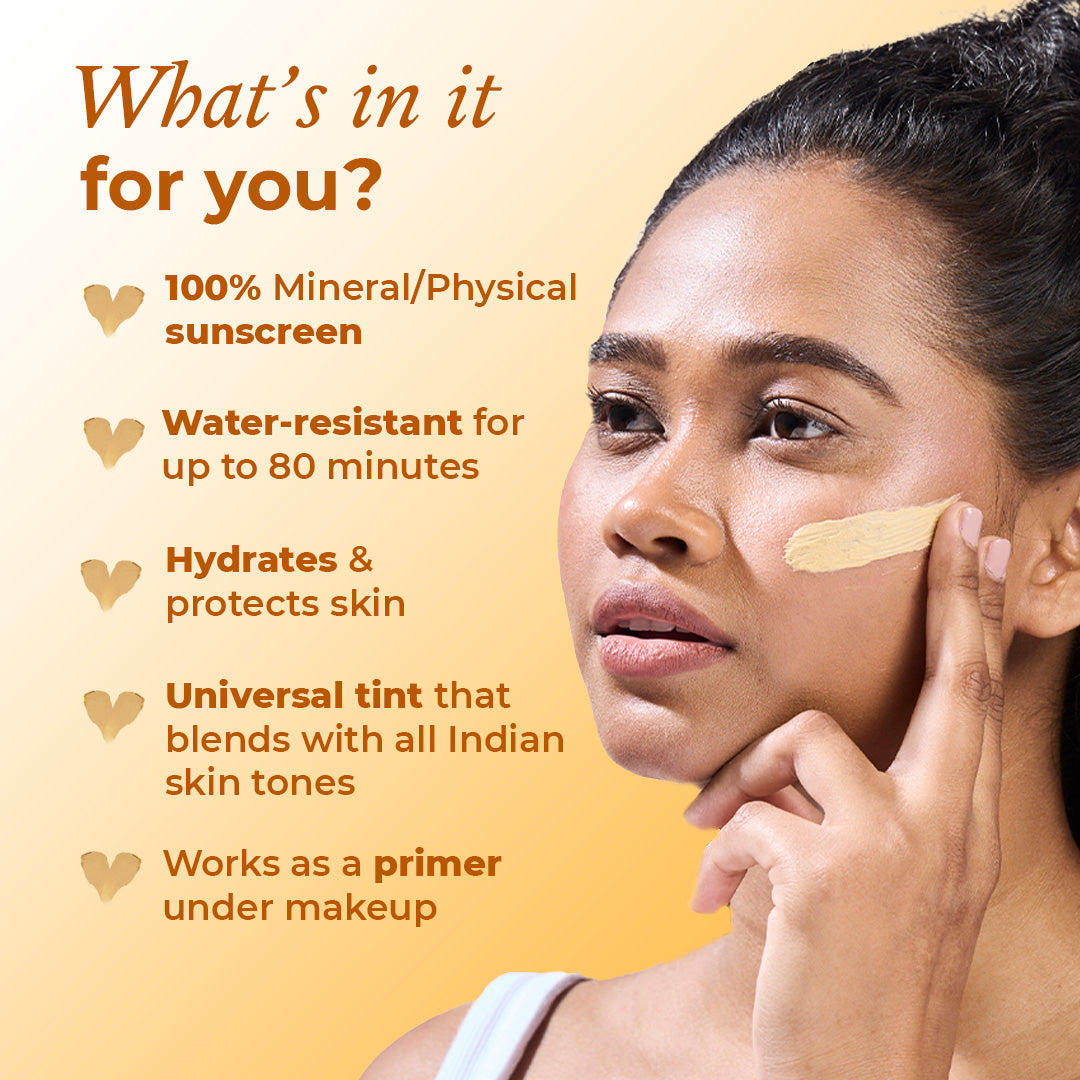
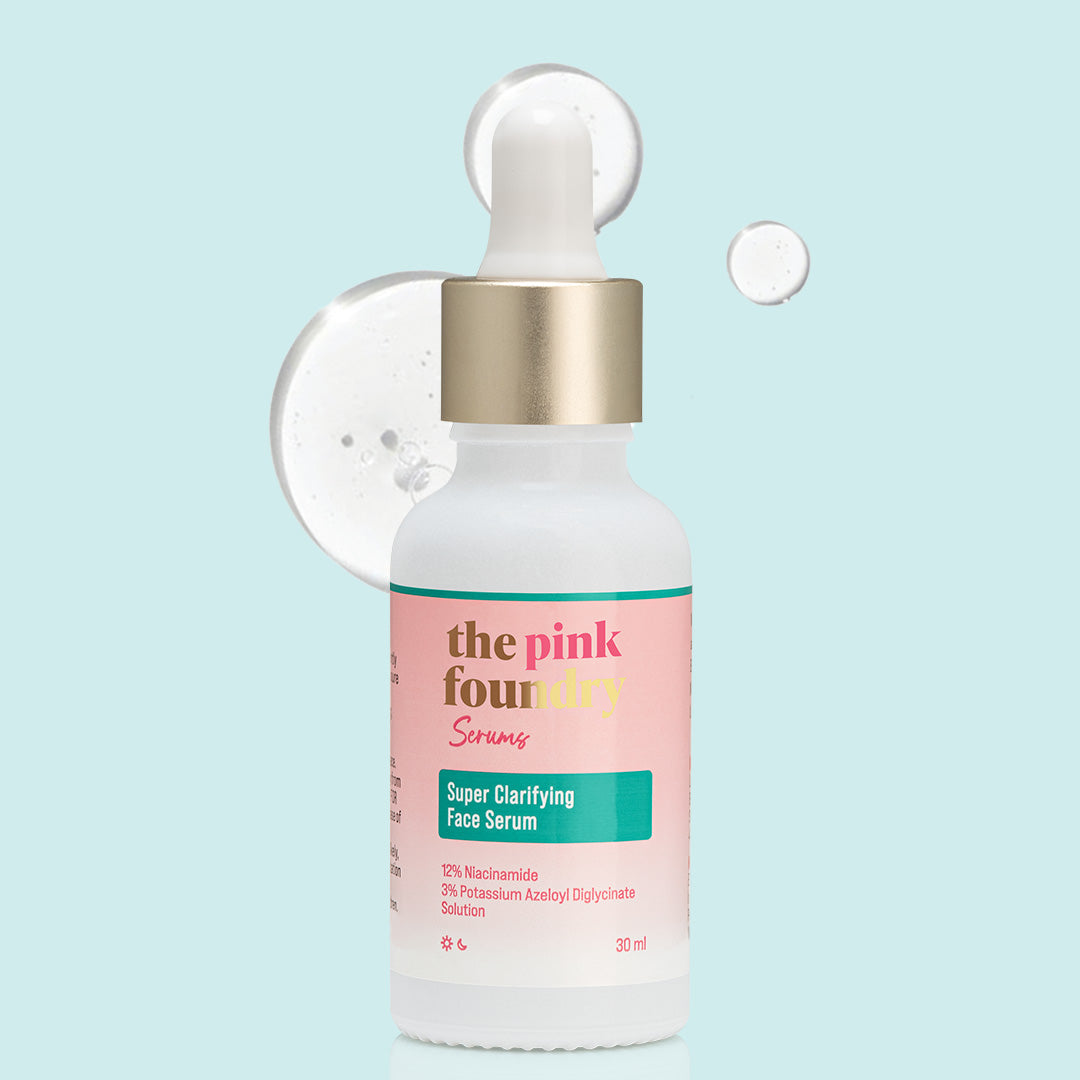
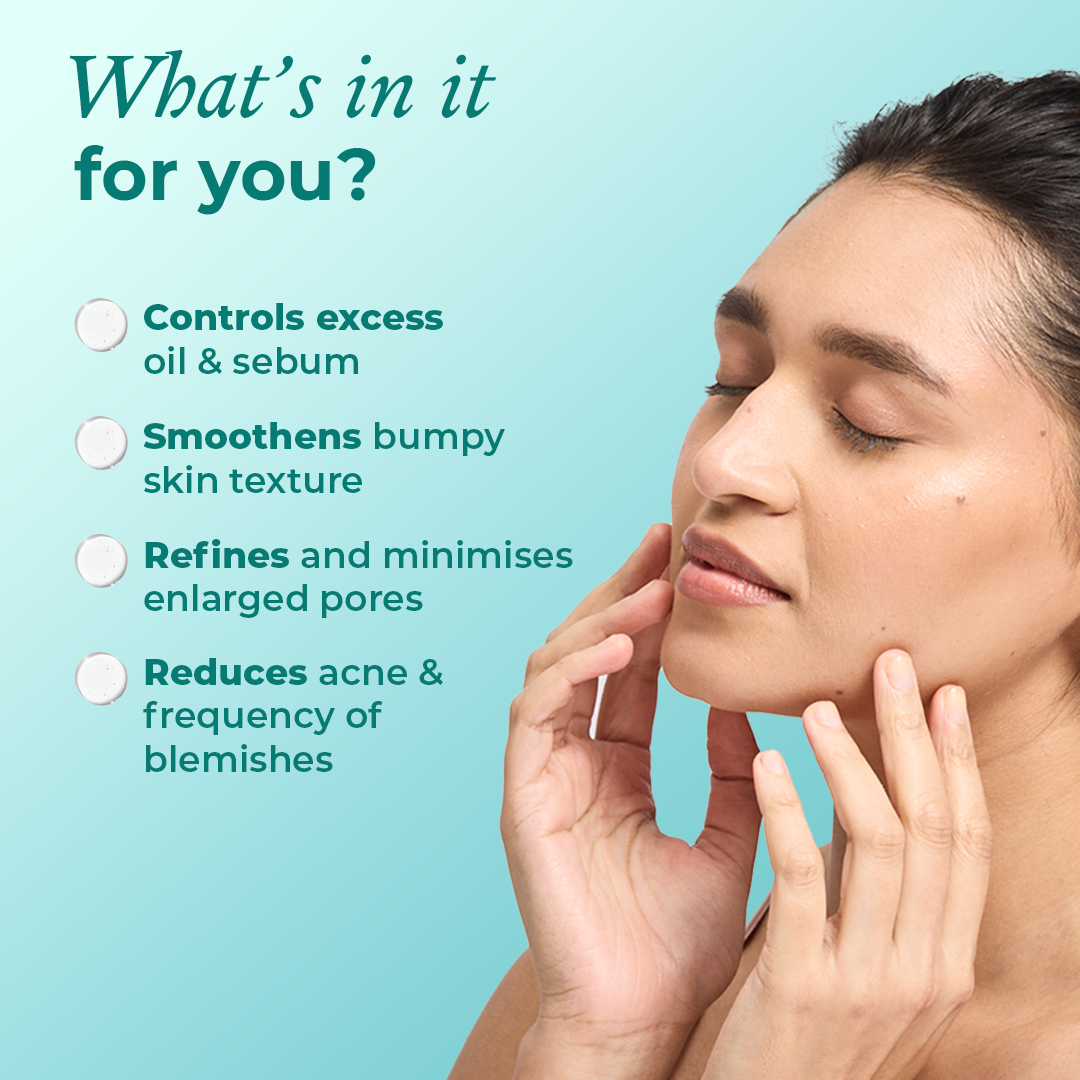

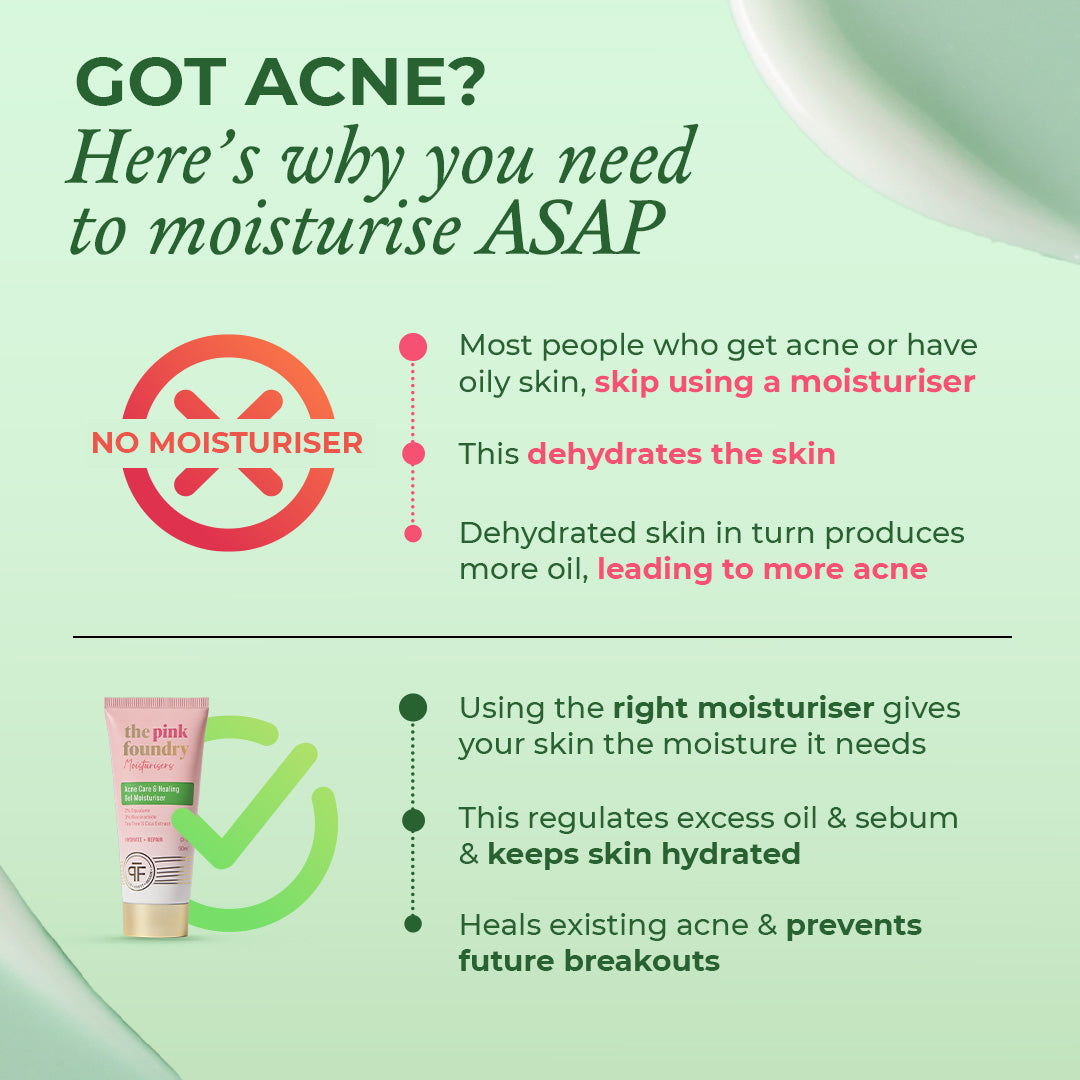
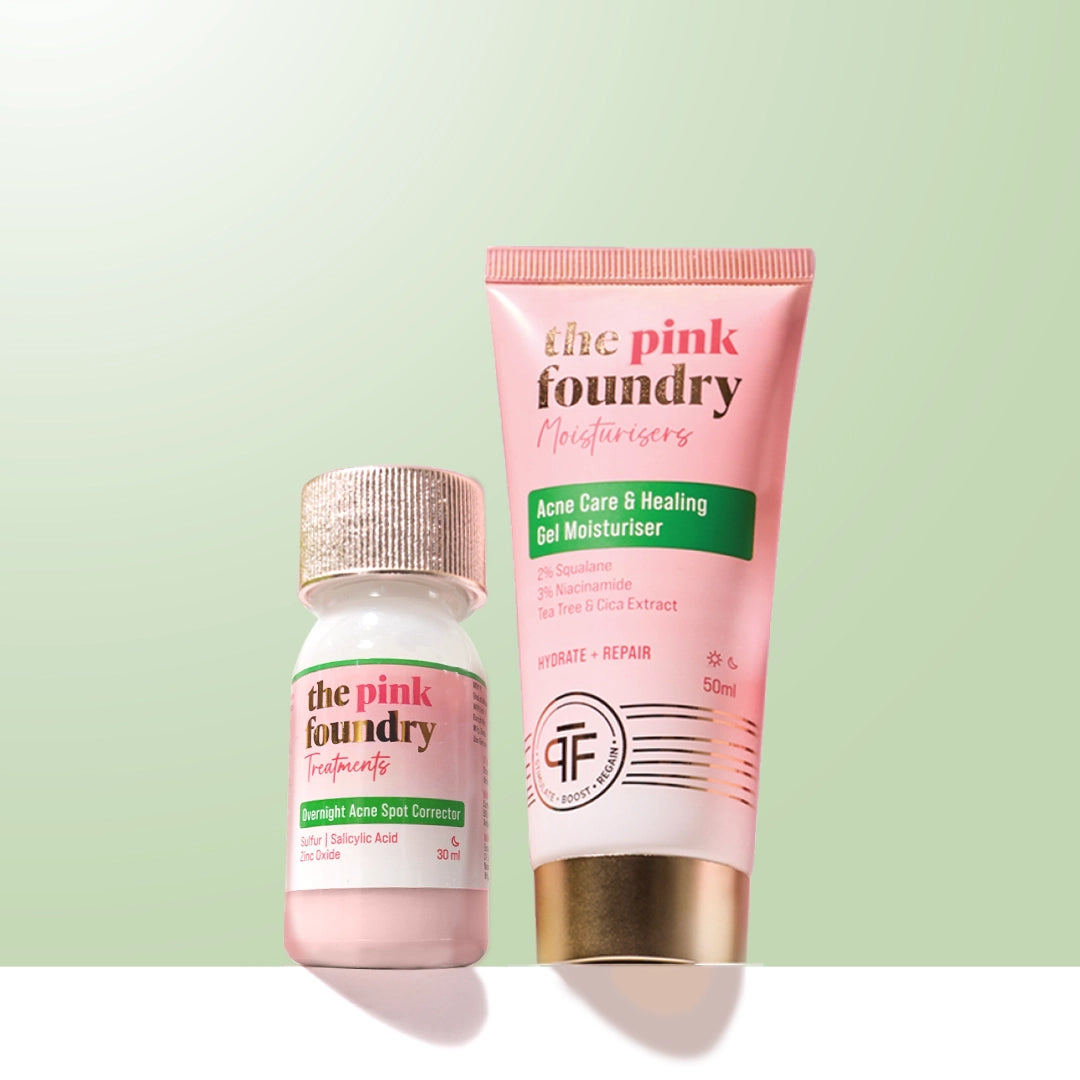
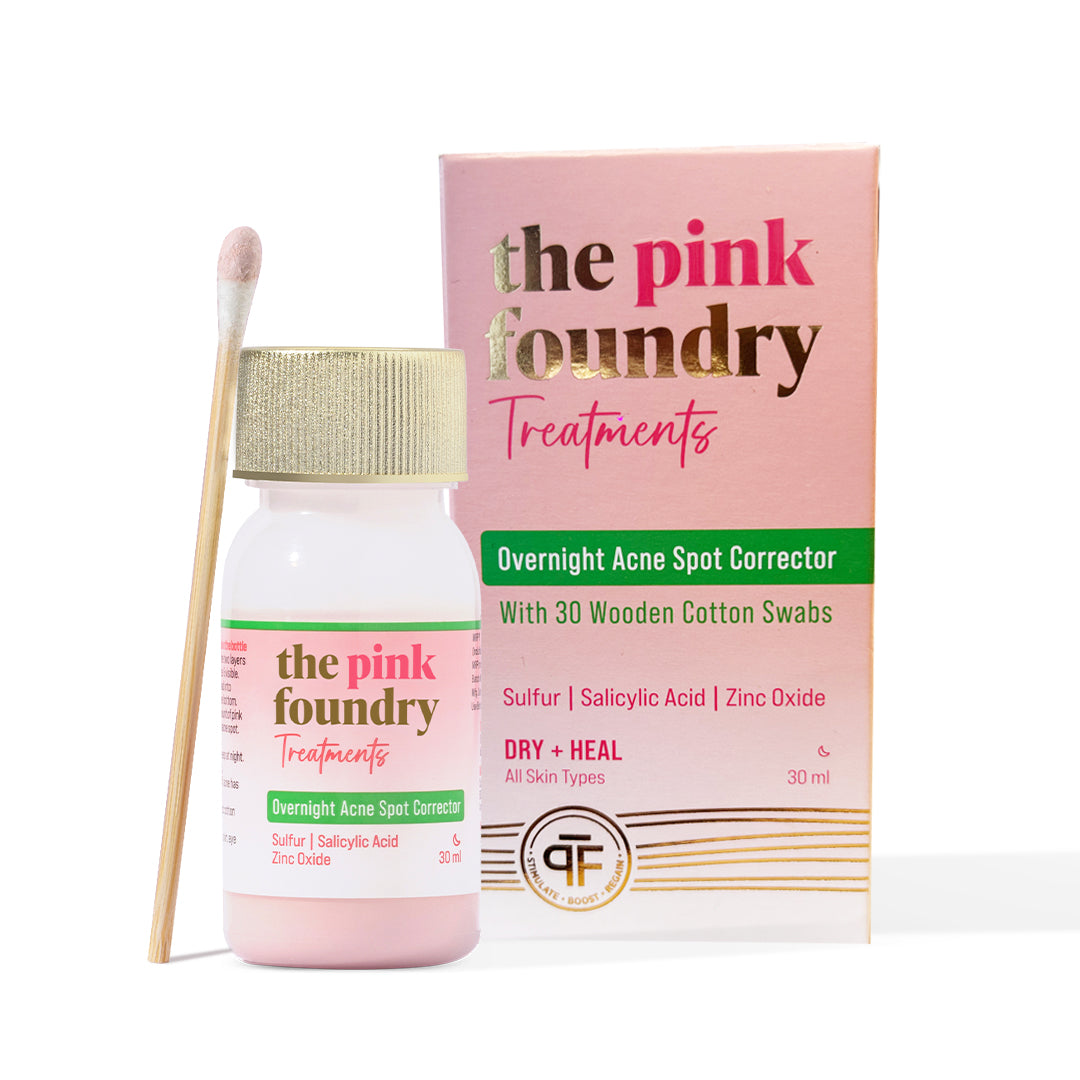
Leave a comment
This site is protected by hCaptcha and the hCaptcha Privacy Policy and Terms of Service apply.